Essential Toddler Toys for Early Development
Introduction
When it comes to nurturing your toddler’s growth, the toys you choose play a far greater role than simple entertainment. The right toys can spark curiosity, build confidence, and encourage important developmental milestones that shape your child’s future learning. With countless options on the market, many parents naturally wonder: Which toddler toys actually help my child learn and grow?
The good news is that the best toddler toys in 2025 are designed to be more than distractions — they’re tools for learning, creativity, and exploration. Toys like building blocks, puzzles, stacking sets, and ride-on cars are proven favorites that boost problem-solving, motor skills, and social interaction. Others, such as art supplies, musical instruments, and outdoor play sets, encourage imagination, creativity, and sensory development.
Choosing toys that balance fun and education ensures your toddler not only enjoys playtime but also builds the skills needed for language, coordination, emotional growth, and independence. Whether you’re shopping for a thoughtful gift, updating your playroom, or searching for toys that will hold your child’s attention while offering real benefits, this guide will help you find the most meaningful and development-friendly choices.
In the sections below, we’ll explore the best toddler toys for 2025, highlighting why they matter, what to look for, and how they can make everyday play an opportunity for learning and discovery.
Why Toddler Toys Matter
Toddler toys are more than playthings — they’re tools for discovery. Through play, toddlers practice motor skills, language, and social interaction. Choosing the right toys helps children:
Build Cognitive Skills – Puzzles and problem-solving toys encourage critical thinking and early logic.
Develop Motor Skills – Ride-on toys, building blocks, and art supplies strengthen coordination and balance.
Encourage Creativity – Art kits and imaginative play toys allow self-expression and storytelling.
Boost Social Skills – Role-play sets and group activities foster sharing, empathy, and cooperation.
At this stage, play is truly how children learn — every block they stack, every picture they draw, and every role they act out helps shape their development.
Toys for Toddler Boys & Girls: A World of Discovery
Building Blocks
Building blocks are one of the most timeless and versatile toys for toddlers. What may look like simple stacking pieces are actually powerful tools that encourage creativity, problem-solving, and early STEM learning. Toddlers naturally love stacking blocks high, knocking them over, and starting again — and while it seems like play, it’s really hands-on learning in action. Buy on Amazon
Why they’re great:
Blocks help toddlers develop fine motor skills as they grasp, balance, and fit pieces together. They also boost hand-eye coordination, spatial awareness, and patience. Even at a young age, toddlers begin experimenting with cause-and-effect — learning that if a block is placed off balance, the tower will tumble. As play evolves, blocks also introduce early math and science concepts such as counting, sorting, comparing sizes, shapes, and colors, and even basic engineering as children figure out how to build stronger, taller towers.
Cognitive and social benefits:
Beyond motor skills, block play supports imagination and creativity. A few blocks can transform into cars, castles, bridges, or even pretend food in your toddler’s hands. This open-ended play encourages storytelling, role-playing, and problem-solving. When toddlers play with siblings or friends, blocks also promote sharing, cooperation, and teamwork, as they work together to build or negotiate space.
Examples parents love:
LEGO® DUPLO® – Larger, easy-to-handle pieces designed for toddlers ages 18 months+, perfect for imaginative builds.
Mega Bloks® – Affordable, colorful blocks that snap together easily, making them great for little beginners.
Wooden block sets – Eco-friendly, durable, and open-ended, these classic sets introduce toddlers to natural textures and can last for years.
Why parents recommend them:
Building blocks grow with your child. At first, your toddler may simply stack and knock them down, but over time they’ll begin creating more complex structures, organizing by color or shape, and even acting out stories with their builds. Many parents appreciate that blocks support learning across multiple stages of development while remaining fun and engaging.
✨ In short: building blocks are more than toys — they’re the foundation for creativity, problem-solving, and lifelong learning.
Action Figures & Role Play Toys
Pretend play is more than just a way to pass the time — it’s a powerful tool for growth and discovery. Through role play, toddlers get to imitate the world around them, acting out the jobs, routines, and relationships they observe every day. Whether they’re “cooking dinner” in a toy kitchen, giving a teddy bear a check-up with a doctor kit, or pretending to be a firefighter rushing to the rescue, toddlers are learning about life in ways that feel safe, fun, and empowering.
Why they’re great:
Role play toys promote empathy and social understanding by helping toddlers imagine how others feel and think. Acting out roles also encourages language development, as children narrate their play, practice new words, and engage in conversations with parents, siblings, or friends. Pretend play fosters creativity and imagination, allowing children to transform everyday scenarios into exciting adventures. Plus, when toddlers share role play experiences with others, they naturally learn cooperation, turn-taking, and teamwork — key social skills for preschool and beyond.
Emotional growth:
Role play is also a wonderful way for toddlers to process emotions and experiences. For example, a doctor’s kit allows them to re-enact a check-up, helping them feel more comfortable about real-life visits. A kitchen set helps them explore daily routines they see at home, while action figures and dolls give them a chance to create and resolve imaginary conflicts in a safe space. This type of play not only reduces anxiety but also builds confidence as toddlers take charge of scenarios they might otherwise find intimidating.
Examples parents love:
KidKraft Play Kitchens – Complete with utensils and appliances, these sets encourage hours of imaginative “cooking” and family role play. Buy on Amazon
Battat Doctor Kits – A playful way to make medical check-ups less scary while teaching nurturing skills. Buy on Amazon
Simple dolls and action figures – From superheroes to everyday characters, these toys let toddlers create stories, adventures, and friendships.
Firefighter or construction costumes – Dress-up sets that let toddlers step into the shoes of everyday heroes, encouraging bravery and problem-solving.
Why parents recommend them:
Parents love role play toys because they grow with children over time. What begins as simple imitation can develop into more complex storytelling, problem-solving, and cooperative play. They’re not just toys — they’re tools for building confidence, empathy, communication, and imagination. Buy on Amazon
Toddler Outdoor Toys: Encouraging Physical Activity
Ride-On Toys
From balance bikes to tricycles, ride-on toys are a must-have for active toddlers. These toys give children their first taste of independence and freedom, allowing them to zoom around the yard, driveway, or park with big smiles on their faces. More than just fun, ride-ons are a powerful way to strengthen a toddler’s body, boost their coordination, and build self-confidence.
As toddlers learn to push, pedal, or glide, they are not only working their muscles but also practicing important skills like balance, steering, and stopping. This makes ride-on toys an excellent stepping stone to more advanced forms of movement, such as cycling or even sports later on. Many toddlers also enjoy the imaginative side of ride-ons—pretending their car is a racecar, their bike is a horse, or their scooter takes them on adventures—blending physical play with creativity.
Why they’re great:
Physical development: Builds balance, gross motor coordination, and leg strength.
Cognitive skills: Teaches spatial awareness, direction, and cause-and-effect (push harder = go faster).
Healthy habits: Encourages outdoor activity, helping toddlers release energy and connect with nature.
Confidence booster: Mastering a ride-on gives toddlers a sense of achievement and independence.
Examples:
Balance bike: Strider Balance Bike — perfect for teaching balance before pedals. Buy on Amazon
Toddler car: Little Tikes Cozy Coupe — a timeless favorite for pretend play and mobility. Buy on Amazon
Scooter: Lightweight toddler scooters designed for stability and safe cruising.
Classic tricycles: Help toddlers learn to pedal while staying supported.
💡 Tip for parents: Always supervise outdoor play, especially around driveways, streets, or uneven terrain. If introducing bikes or scooters, start early with helmets and safety gear. Making safety a natural part of riding from the start helps toddlers form good habits that stick for life.
Sand & Water Play Sets
Sensory play is one of the richest and most engaging learning experiences for toddlers, and sand or water play sets make it simple to bring that exploration outdoors. These playsets invite children to dig, scoop, pour, splash, and build—transforming simple materials like sand and water into endless adventures. Whether your toddler is filling a bucket, building sandcastles, or watching water race down winding tubes, they’re getting hands-on experience with the textures, movements, and forces that shape their world.
Beyond the fun, sand and water play taps into a toddler’s natural curiosity and encourages experimentation. Children begin to notice patterns (“the wet sand sticks together, but the dry sand falls apart”) and learn cause-and-effect through trial and error (“if I pour too fast, the water overflows”). These playful discoveries nurture early problem-solving skills while laying the foundation for STEM learning.
Why they’re great:
Sensory development: Provides rich tactile experiences with texture, temperature, and movement.
Fine motor skills: Scooping, pouring, and shaping build dexterity and hand-eye coordination.
Cognitive growth: Introduces early STEM concepts such as volume, flow, buoyancy, and experimentation.
Social play: Encourages sharing, cooperation, and teamwork when toddlers play side by side.
Calming effect: The repetitive, soothing nature of scooping and pouring often helps toddlers self-regulate emotions.
Examples:
Step2 Rain Showers Splash Pond — mimics a mini water cycle with cascading play.
Little Tikes Spiralin’ Seas Waterpark — interactive water play with spinning wheels and balls.
Simple sand tables or tubs with shovels, buckets, and molds — timeless, open-ended play options.
💡 Tip for parents: To keep things fresh, rotate the materials—try adding small toy animals, measuring cups, or natural objects like shells and pebbles to spark new ways of playing. Always supervise water play closely, even with shallow amounts, to ensure safety.
Best Toddler Toys: Top Picks for Development
Educational Puzzles
Simple puzzles with chunky, easy-to-hold pieces are perfect for toddlers just beginning to explore problem-solving. Whether fitting shapes into slots or matching animals to their outlines, puzzles give toddlers a rewarding challenge that builds confidence. See Essential Toddler Toys for Early Development.
Why they’re great: Puzzles strengthen logical thinking, hand-eye coordination, and shape recognition. They also teach patience and persistence, helping toddlers develop focus and a sense of accomplishment when they succeed.
Examples: Melissa & Doug Wooden Puzzles, Fat Brain Toys Sorters.
Musical Instruments
Toddlers naturally love sound, rhythm, and movement — which makes musical instruments a powerful developmental toy. From banging a drum to pressing piano keys, musical play introduces toddlers to patterns, tempo, and expression.
Why they’re great: Music supports auditory development, coordination, and creativity. It also reinforces early math and language skills by teaching rhythm, repetition, and sequence. Singing and playing together can even strengthen social bonds between toddlers and caregivers.
Examples: Baby Einstein Magic Touch Piano, Hape Pound & Tap Bench.
Art Supplies
Crayons, markers, finger paints, and toddler-friendly easels unlock endless possibilities for creative expression. Even if the results are scribbles, art play allows toddlers to explore textures, colors, and imagination in a hands-on way.
Why they’re great: Art toys improve fine motor skills, grip strength, and hand control while giving toddlers a safe outlet for self-expression. Messy play may feel chaotic, but it helps children learn through sensory discovery and creativity.
Examples: Crayola Washable Crayons, Melissa & Doug Finger Paint Sets.
Choosing the Right Toys: Tips for Parents
Safety First
When shopping for toddler toys, safety should always come before looks or price. Check for:
Non-toxic, BPA-free, and lead-free materials.
No small parts that could pose a choking hazard.
Sturdy build quality that can handle enthusiastic toddler play.
Age Appropriateness
Choose toys that align with your child’s current stage. Toys that are too advanced may cause frustration, while overly simple ones may lose your toddler’s interest. Most packaging includes age recommendations — use these as a guide, but also consider your child’s unique abilities and interests.
Budget-Friendly Options
You don’t need to overspend to give your toddler valuable playtime. Affordable toys often offer just as much learning potential as pricey ones.
Look for multi-use toys that “grow” with your child, like building blocks.
Consider safe, clean second-hand toys to save money and reduce waste.
Rotate toys weekly to keep playtime fresh without cluttering your home.
Pros & Cons of Toddler Toys
✅ Pros
Encourage learning across motor, cognitive, and social skills.
Provide screen-free, active entertainment.
Boost creativity, independence, and problem-solving.
❌ Cons
Some high-quality toys can be expensive.
Cheap versions may compromise safety or durability.
Having too many toys at once can overwhelm toddlers.
FAQs About Toddler Toys
1. What are the best toddler toys for brain development?
Puzzles, building blocks, and STEM-inspired toys are excellent for problem-solving and early logic.
2. Are ride-on toys safe for toddlers?
Yes, as long as they’re age-appropriate and supervised. Helmets are recommended for bikes and scooters.
3. How many toys should a toddler have?
Quality is better than quantity. A small rotation of versatile toys is more effective than dozens of single-use items.
4. Can toddler toys improve speech?
Yes — interactive toys, books, and pretend play encourage vocabulary and communication.
5. What are good outdoor toddler toys?
Ride-ons, sand/water play sets, trampolines, and climbing structures are popular for active learning.
6. Should toys be gender-specific?
No. Toddlers benefit from a mix of toys — building, creative, and pretend play — regardless of gender.
Final Verdict
Choosing essential toddler toys is about more than fun — it’s about providing tools for growth. From building blocks that spark creativity to ride-on toys that develop balance and strength, the best toddler toys support development while keeping kids engaged.
🎯 Parent Tip: Focus on safety, age-appropriateness, and engagement. Rotate toys regularly and mix indoor learning toys with outdoor active ones.
With the right toys, your toddler will not only be entertained but will also thrive — learning, growing, and building the skills they’ll carry into childhood and beyond. See comprehensive full article on Choosing Safe and Engaging Baby Toys
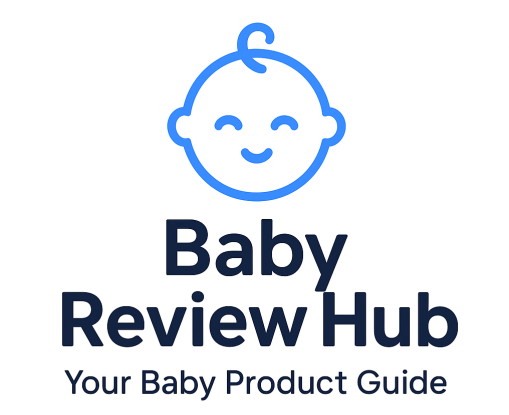
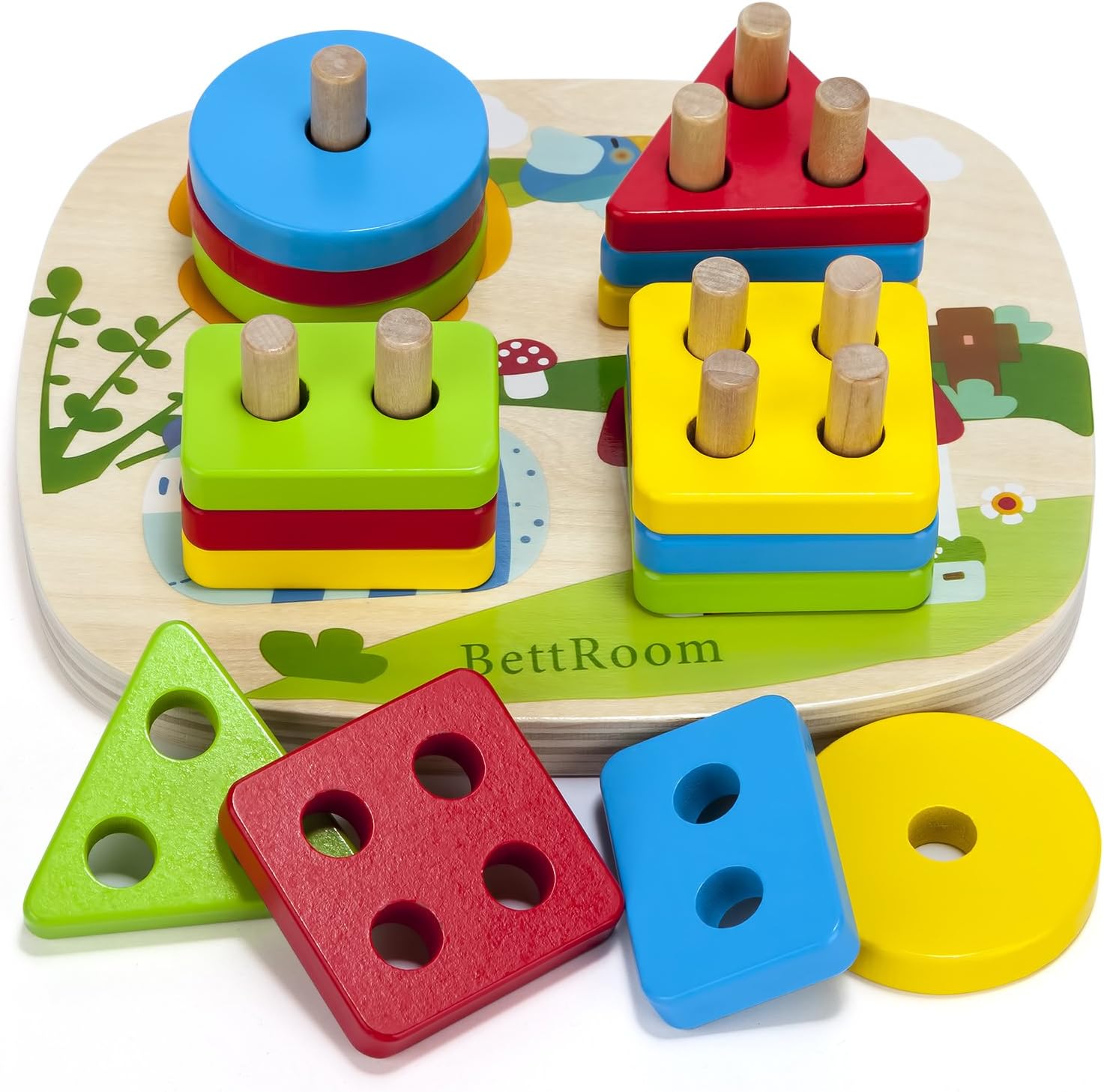
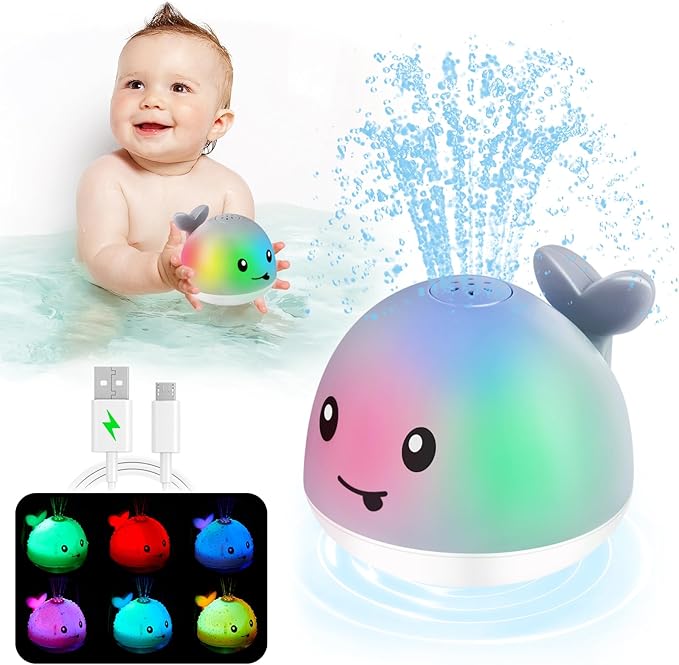
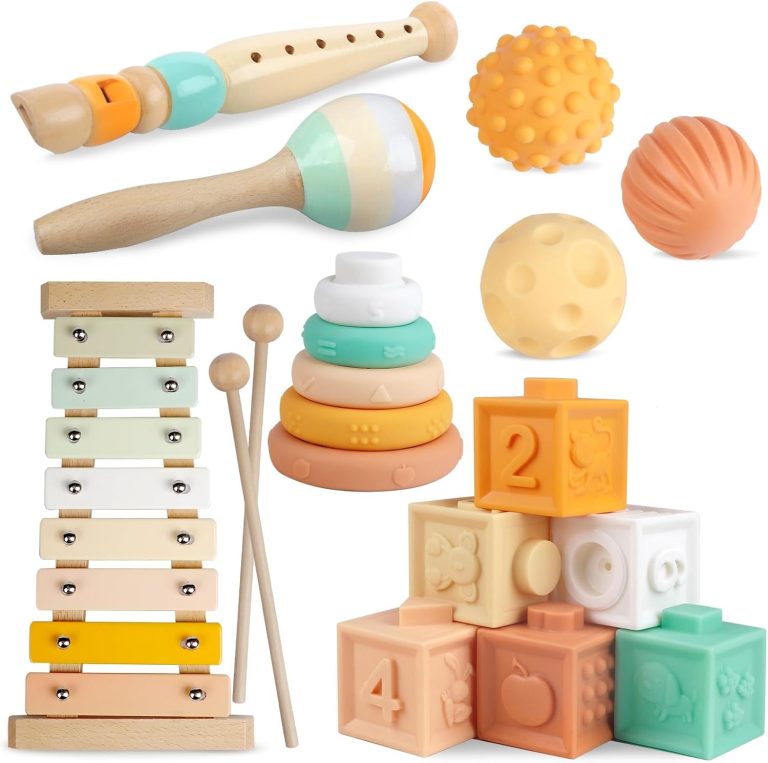
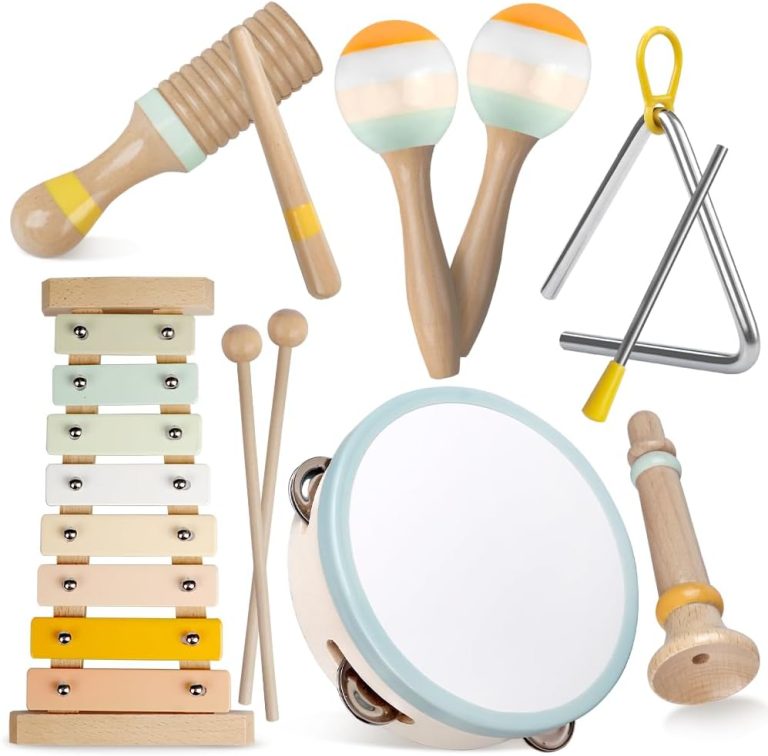
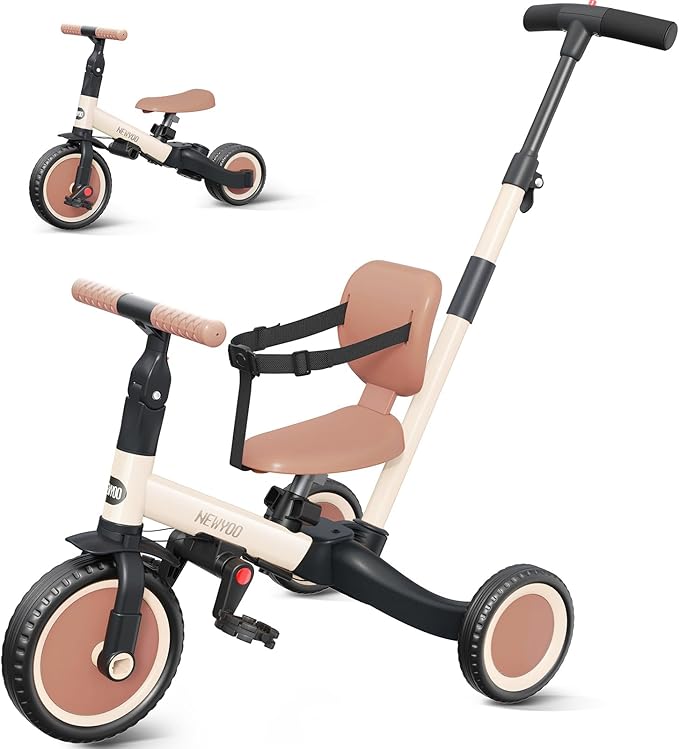
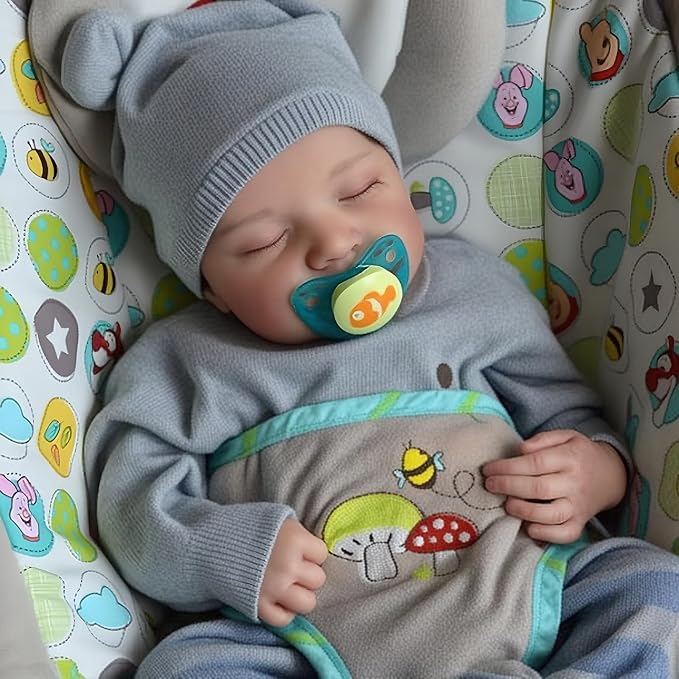
One Comment